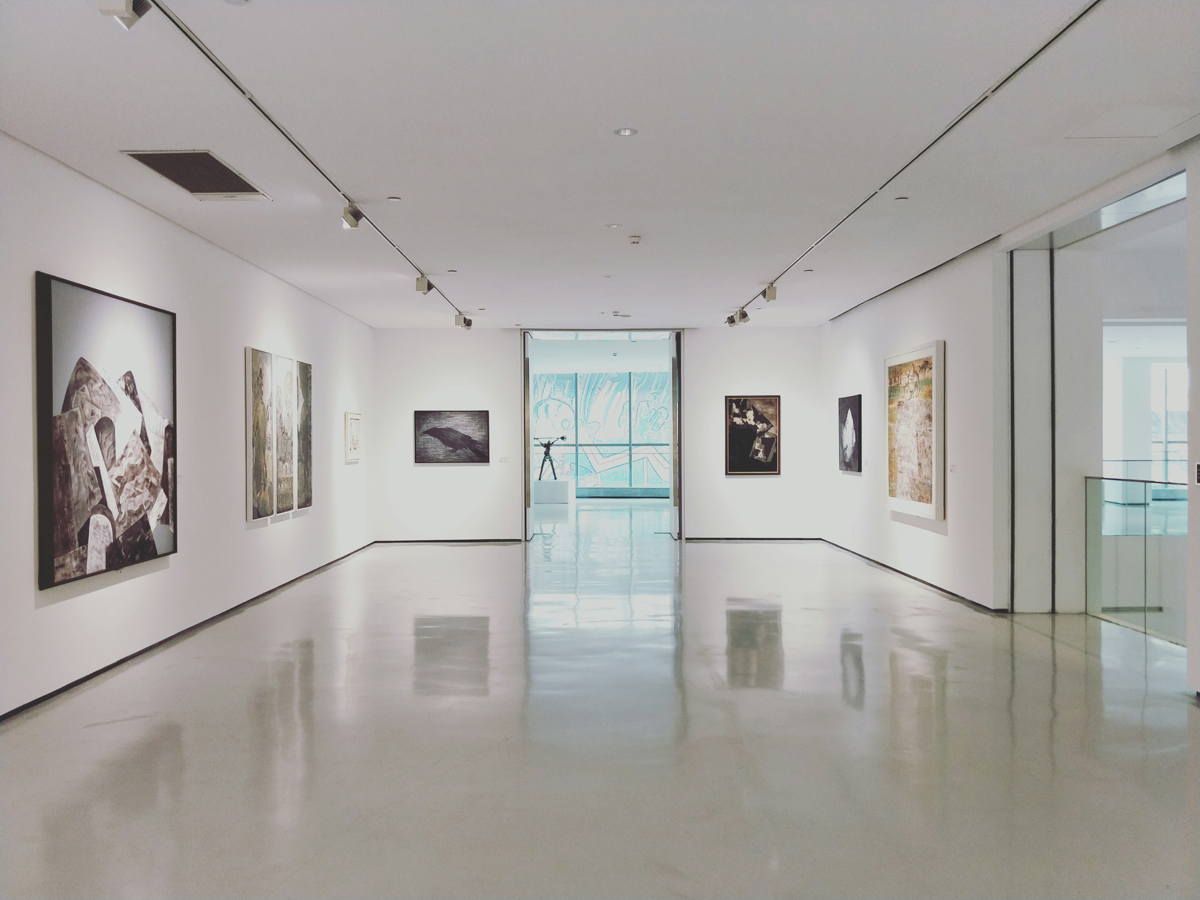
Eco-Museums: A Journey Through the World’s Most Sustainable Cultural Spaces
Discover the community driven ventures that preserve the history and environments of our past.
In a world where sustainability is no longer a buzzword but a necessity, eco-museums have emerged as cultural sanctuaries that offer more than just an exhibition of the past. These innovative spaces are pioneering the way we preserve history, art, and nature, while actively engaging with the principles of environmental conservation, community empowerment, and sustainable development. Far from traditional museums, eco-museums blend heritage with environmental stewardship, offering visitors an immersive experience into the cultural, social, and ecological landscape of their surroundings.

What is an Eco-Museum?
An eco-museum is not confined to a building with curated collections of artifacts and exhibits. Instead, it’s a living museum that stretches across landscapes, communities, and ecosystems. The concept, first developed in France in the 1970s by museologist Hugues de Varine and historian Georges Henri Rivière, aims to integrate cultural heritage with the natural environment. These museums focus on the relationship between local communities and their environment, encouraging active participation in heritage conservation while promoting sustainability.
Unlike traditional museums, eco-museums are often community-led, meaning locals are deeply involved in preserving their own history, traditions, and environment. These spaces also tend to have decentralized structures, with exhibitions scattered across villages, towns, or natural landscapes. This structure ensures that the museum itself is eco-friendly, minimizing the environmental impact of central, high-energy-consuming buildings.

A Global Movement for Sustainability
Eco-museums have spread across the globe, each tailored to reflect the unique cultural and environmental aspects of its region. Below, we take a closer look at some of the world’s most inspiring eco-museums, each offering a distinct approach to sustainability, cultural preservation, and environmental education.
Parco Museo Minerario dell’Amiata, Tuscany, Italy
Nestled in the picturesque landscape of Tuscany, the Parco Museo Minerario dell’Amiata (Amiata Mining Park Museum) showcases the intertwined histories of mining, nature, and community. This open-air museum stretches across the slopes of Monte Amiata and invites visitors to explore old mining sites, each restored and integrated into the natural environment. Once a source of local economic livelihood, the mines have become an educational tool for visitors to learn about Tuscany’s mining heritage, the environmental impacts of industrial activities, and the importance of ecological restoration.
The museum is powered by renewable energy sources, and many of the exhibits focus on environmental rehabilitation, emphasizing the need for balance between economic activity and sustainability.
Ecomuseo del Vento, Spain
High in the Pyrenean region of Spain, the Ecomuseo del Vento (Wind Eco-museum) celebrates the ancient and renewable power of the wind. Here, traditional windmills, solar panels, and wind turbines work side by side, highlighting the local community’s centuries-old reliance on natural energy sources. The museum serves as a learning hub, demonstrating the use of sustainable energy practices from the past and promoting modern technologies that harness clean energy.
The eco-museum also takes pride in protecting its surrounding wildlife and flora, ensuring the preservation of biodiversity through organic farming practices and sustainable tourism. By incorporating eco-friendly infrastructure and actively engaging the local community in conservation, the museum stands as a model of sustainability.
Highland Folk Museum, Scotland
The Highland Folk Museum, often referred to as one of the oldest living history museums in the world, has been at the forefront of sustainable heritage conservation. Located in the Cairngorms National Park, the museum comprises traditional thatched cottages and crofts that recreate life in Scotland from the 1700s to the 1950s. The museum uses sustainable building materials and techniques, such as thatching and natural insulation, to ensure the preservation of both cultural and ecological heritage.
The museum grounds are home to several biodiversity conservation projects, including initiatives that protect native plant species and support sustainable agricultural practices. The Highland Folk Museum beautifully illustrates how eco-museums can intertwine history with nature, offering visitors a meaningful reflection on humanity’s coexistence with the natural world.
Bokrijk Open-Air Museum, Belgium
Set amidst lush forests and meadows, the Bokrijk Open-Air Museum in Belgium presents a dynamic model for integrating culture and nature. The museum features over 120 historic buildings that reflect traditional Flemish architecture, each restored using eco-friendly methods such as local timber and sustainable stone quarrying. Bokrijk’s focus on traditional craftsmanship and sustainable building techniques serves as a reminder of the enduring importance of eco-conscious construction.
Bokrijk is also home to a variety of environmental education programs, including workshops on permaculture, organic gardening, and traditional farming techniques. These programs engage visitors in the art of sustainable living, making Bokrijk not only a museum of history but also a beacon of green innovation.
Ecomuseum of the North, Sweden
In the far north of Sweden, the Ecomuseum of the North is a vast, decentralized museum stretching across 3,000 square kilometers. Spanning more than 100 sites, this eco-museum encompasses both natural landscapes and cultural heritage, from historical ironworks to reindeer herding villages. This Swedish marvel emphasizes the role of indigenous Sámi culture and their relationship with the environment, offering insights into the sustainable practices of one of Europe’s oldest cultures.
The museum’s dedication to preserving the local ecosystem is evident in its energy-efficient buildings and focus on the sustainable use of natural resources. Through collaboration with local communities, the Ecomuseum of the North has created a space where culture, history, and environmental conservation thrive together.
As we seek to protect our environment, learn from our ancestors, and build more sustainable communities, eco-museums invite us to engage in a deeper dialogue about our role in shaping the world—and how we can tread more lightly upon it.
Experience these cultural spaces firsthand and become part of a global movement that celebrates history while safeguarding the planet for future generations.
+ Words:
Stephanie Selçuk-Frank
Luxiders Magazine Contributor
+ Image Highlight:
© Lindsey Lamont via Unsplash







